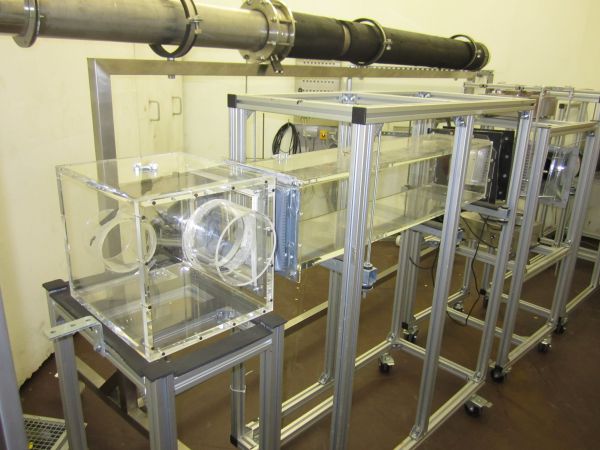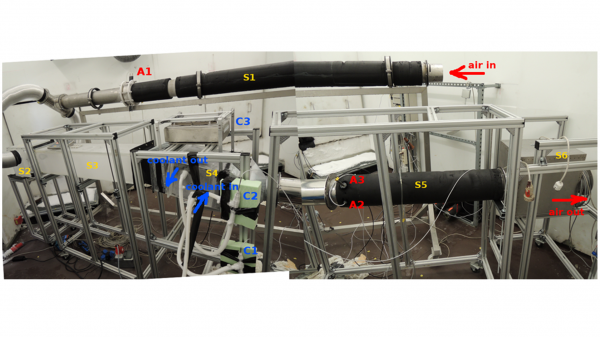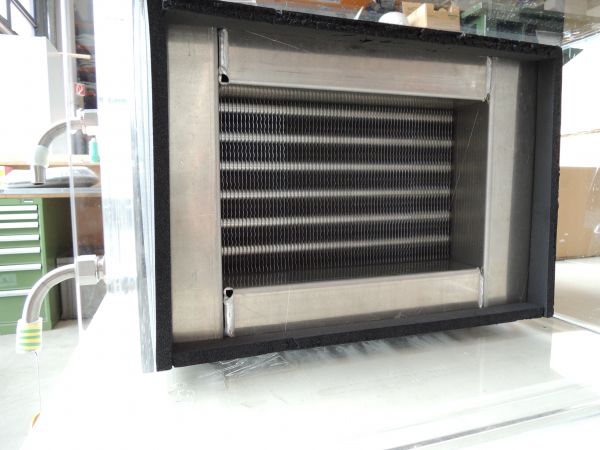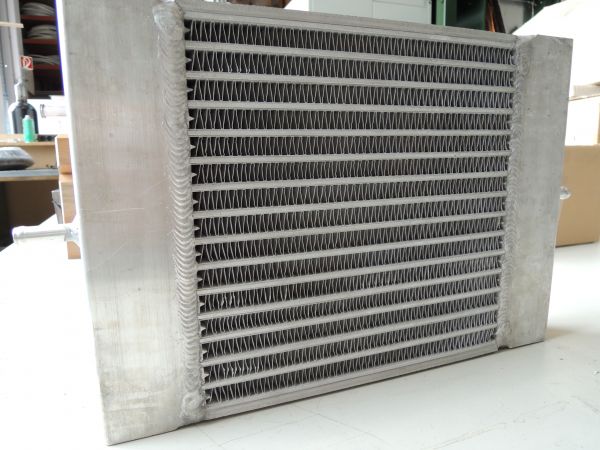IEA HPT Task 41: Cold Climate Heat Pumps
Short Description
Motivation
In order to achieve the ambitious goals of the EU, buildings of all sizes and purposes will have to be thermally renovated and inefficient heating systems, mostly based on fossil fuels, need to be replaced by more efficient technologies in the next few years. Air-based heat pump systems are an attractive alternative due to their simple installation and low investment costs. This type of heat pump has the disadvantage that its heating capacity and efficiency drop sharply at lower outside temperatures. A particular problem is the icing of the heat exchanger in cold climates.
Aim
The national contribution to the IEA HPP Annex 41 project aimed at increasing the efficiency of outdoor air heat pumps, especially in cold climates, in order to make them more efficient and thus more attractive for locations with low outdoor temperatures down to -25°C.
Research Approach and Results
Models for frost condensation and frost condensation as well as for the calculation of the icing of heat exchangers were created in order to be able to pre-select suitable fin structures in the future. This reduces the number of prototypes for experimental investigations and the associated effort. In addition, the correlation between the icing times of a fin geometry and the achievable heat transfer was quantified. Lamella heat exchangers based on multi-port extrusion technology showed advantages over shell-and-tube heat exchangers, especially in the initial ice formation stage. Selected coatings on the heat exchanger affected the icing behaviour only in the initial frost phase. The refrigerant distribution in the heat exchanger can be derived directly from its icing behaviour if the flow conditions around the heat exchanger are known. Simplified refrigeration circuit models were created and a detailed model for LI circuits was verified on the laboratory prototype. The SCOP for different climates was calculated with this method. The best performance was achieved with the simplified model for the refrigeration circuit with ejector. The use of a cascade showed a COP improvement of up to 5% compared to conventional cycles. COP increases of 4% to 10% are possible at an evaporator temperature of -30°C with flash tank or internal heat exchanger. Cascade, intercooler and LI circuits were evaluated as promising alternatives compared to a conventional refrigeration cycle. The results are intended to provide a better understanding and description of selected problem areas and have been made available to the national heat pump industry for further development of its products. They can thus increase the efficiency of their air-based heat pump systems and strengthen their competitiveness.
Project Images
Terms of use: The pictures listed underneath the header “Project Pictures” originate from the projects in the frame of the programmes City of Tomorrow, Building of Tomorrow and the IEA Research Cooperation. They may be used credited for non-commercial purposes under the Creative Commons License Attribution-NonCommercial (CC BY-NC).
Project Partners
- Austrian Institute of Technology GmbH (AIT)
Dr. Thomas Fleckl, Dr. Christoph Reichl, Dr. Mirza Popovac, DI Sandra Seichter - TU Graz - Institut für Wärmetechnik
Univ.-Prof. Dr. René Rieberer, DI Heinz Moisi, Dr. Andreas Heinz, Franz Hengel
Participants
Austria, Canada, Japan, USA
Contact Address
Austrian Institute of Technology GmbH (AIT)
Dr. Thomas Fleckl
Giefinggasse 2
A-1210 Wien
Tel.: +43 (0) 50550-6616
E-Mail: Thomas.Fleckl@ait.ac.at





